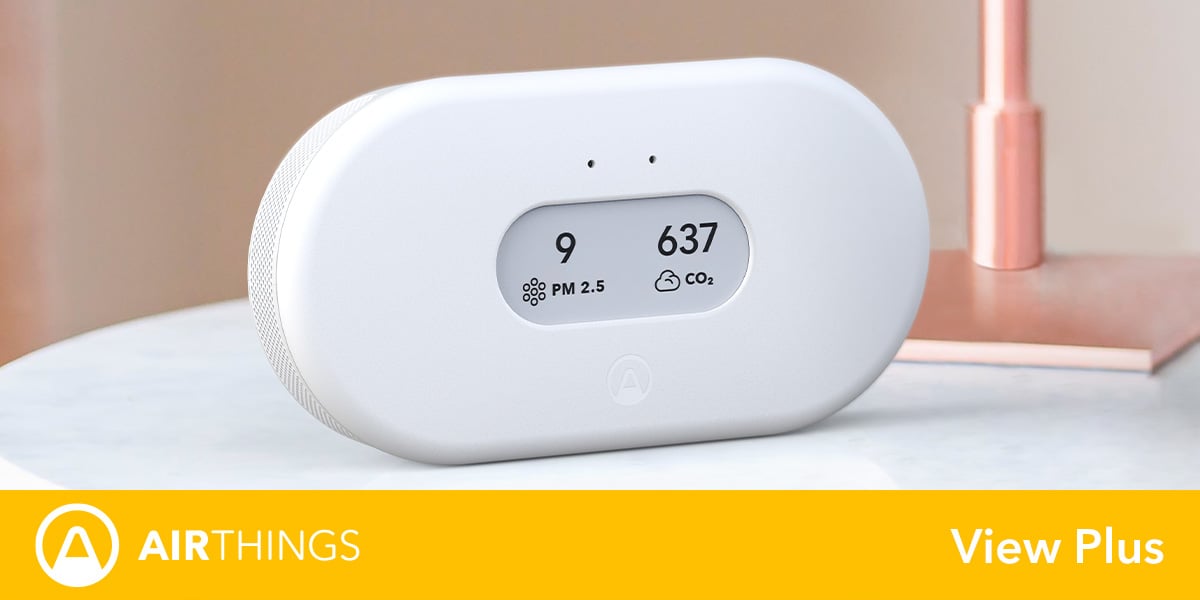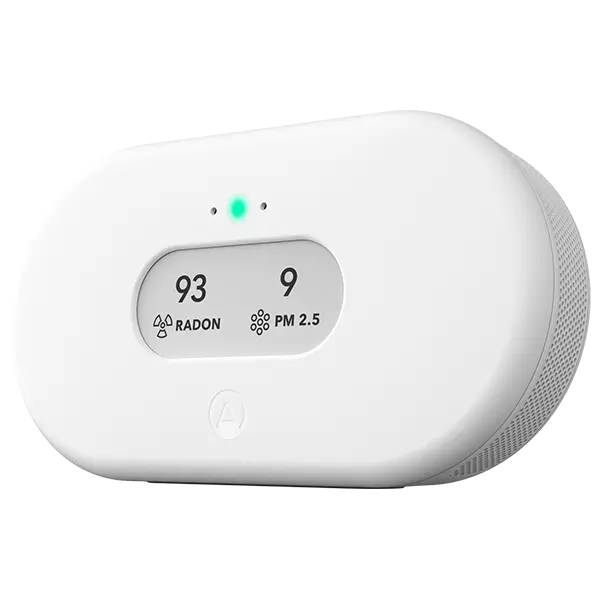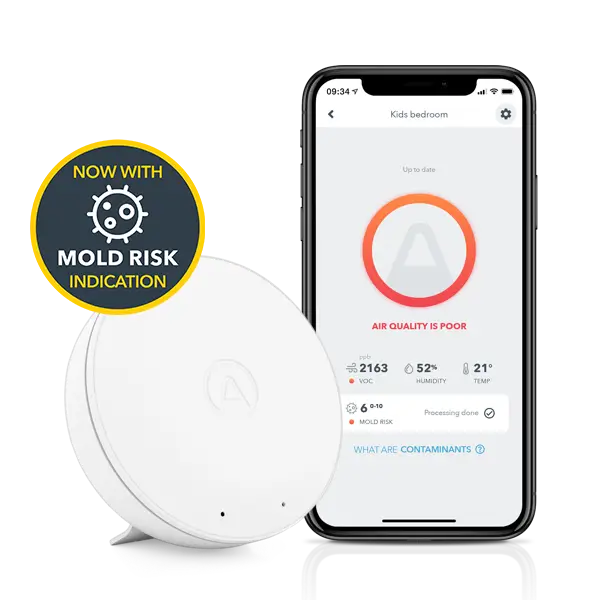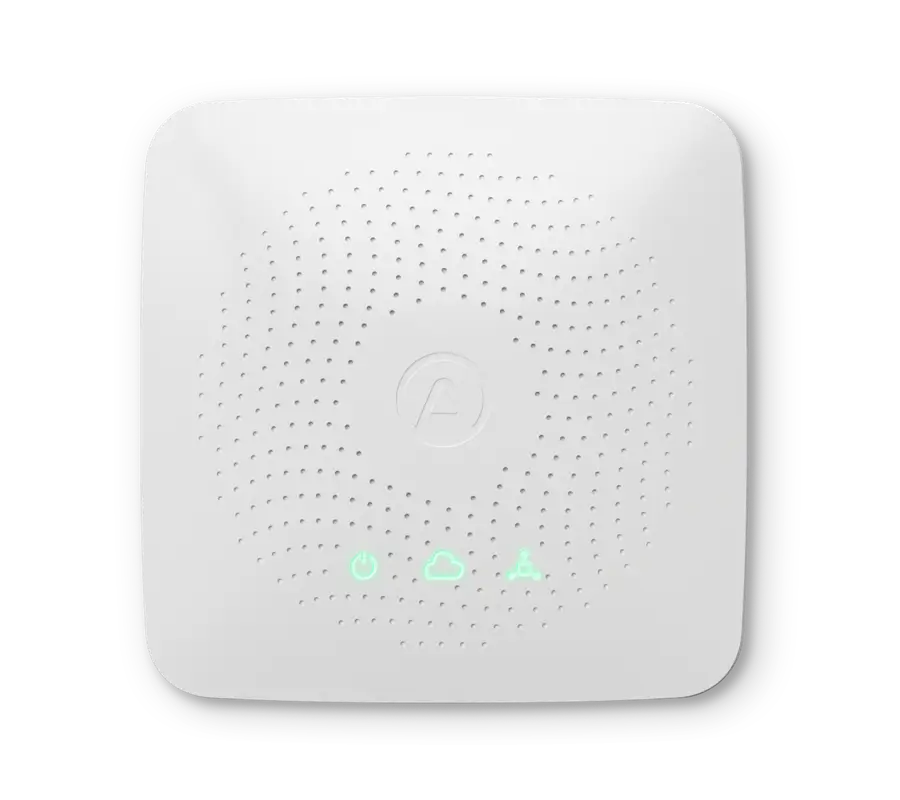If you’re suffering from flare-ups of eczema, it could be related to indoor air quality issues in your home. How do indoor air problems affect the condition and how can you put them right?
Eczema can be distressing, uncomfortable, and painful.
A lot of factors are known to aggravate the condition, but you may not have considered the impact of air conditions in your home. The good news is that by monitoring indoor air quality, and addressing any problems, it’s possible to have a positive effect on eczema.
What is eczema?
Eczema is a group of skin conditions that cause dry, irritated skin.
The most common form is atopic dermatitis, which makes the skin dry, itchy, and cracked. Other varieties of the condition include discoid eczema, which occurs in circular or oval patches, contact dermatitis, caused by the skin coming into contact with a particular substance, and varicose eczema, a condition that affects the lower legs due to problems with blood flow1.
Atopic eczema affects some sufferers much more severely than others. Some people will only have small patches of dry skin, while others will experience inflammation all over their body. Lighter skin is likely to become red when it's inflamed, while if you have darker skin, the patches could be brown, purple or grey.
Eczema can affect any part of the body, though it’s most common on the hands, the insides of the elbows, behind the knees, and in the face and the scalp of children. Possible symptoms include dryness and sensitivity, inflammation, itching, red or dark colored patches, oozing or crusting, and swelling2.
According to doctors, it’s difficult to pinpoint a single cause for eczema and there tend to be aggravating factors that cause the condition to flare-up periodically. Atopic eczema is linked heavily to allergies, and indeed ‘atopic’ means sensitive to allergens.
Some common triggers are soaps, detergents, stress, and weather conditions. Many people, particularly children, suffer from eczema when they eat particular foods, and it is linked to other allergic conditions, like asthma and hay fever.
In the US, just over 10.1% of the population have some form of eczema, with the prevalence rising to 12% of children3. In the UK, up to 15 million experience symptoms, of which 1.7 million are children, so the condition particularly affects infants and young people4.
How does air quality affect eczema?
Many of the substances and conditions that trigger eczema are associated with poor indoor air quality. They include pollutants that you may not realise are in your home, as well as things like dry air that can be addressed by getting humidity right.
Airborne chemicals, or VOCs, are gases and odors given off by toxins contained in everyday cleaning products, paints, carpets, furniture, wallpapers, and mattresses. Some common examples include formaldehyde, benzene, propylene glycol, and acetone. These substances are linked to allergies, asthma, and eczema5.
When you’re exposed to VOCs, it can damage the skin’s natural protective layer, leading to inflammation, dry skin, and itching. Studies suggest that redecorating activities, like painting, floor covering, or adding new furniture add to the risk of eczema, especially when they’re performed during the first year of a child’s birth, or even before it’s born6. Chemicals like formaldehyde draw out the skin’s moisture, damaging its ability to protect itself, and making it prone to outbreaks of eczema as a result.
Radon is another common substance found in the air in people’s homes. It’s a colorless, odorless, radioactive gas, and the most prolific cause of lung cancer for non-smokers, but people don’t often realize that the way it breaks down can damage the skin too7. It’s advisable to check your home regularly for radon, as a precaution against its ill effects.
You might recognize instinctively that an abrupt change in temperature can cause sensitive or itchy skin. Cold conditions outside aggravate eczema, but the effects are particularly noticeable when you then enter a warm home. Both very hot and very cold conditions can affect eczema severely8. The National Eczema Association recommends avoiding big differences in temperature and keeping your property warm rather than hot9.
Humidity is an aspect of indoor air quality, closely related to temperature, that can affect eczema seriously. When humidity is low, the air is very dry and it’s likely to draw moisture from the skin, which makes the condition worse.
Warmer air can contain more moisture, so, as the temperature drops, so too will humidity. Even when the weather is wet, humidity can be deceptively low in winter. Add to that the fact that when it’s cold outside, we tend to turn up heating indoors, which can dry out the skin even more drastically.
Climate conditions like air pressure and sunlight have also been linked to eczema, but scientists say their effects are less pronounced than temperature and humidity10. Dust mites in the air are thought to be responsible for triggering the condition. They irritate the skin and remove its protection, so that infection can set in11.
How to improve indoor air quality and help control eczema
The first step toward better indoor air quality in your home, and more control over eczema, is understanding where, when, and why problems are arising.
By monitoring indoor air quality, you’ll gain detailed data on key metrics, like levels of radon, VOCs, and carbon dioxide, as well as measurements of temperature, humidity, and air pressure. You’ll be alerted to issues as they occur, and you’ll have information on historical air quality, so you appreciate how conditions in your home change over time.
Here are a few tips to overcome the main problems that an indoor air quality monitor might reveal.
High levels of VOCs
Whenever there are build-ups of harmful substances like VOCs or radon, effective ventilation will help. Open a window, use fans, or deploy your HVAC, where appropriate. Many cleaning products, paints, and other products are available in low-VOC or no-VOC versions, so look out for these when you’re shopping. When you’re fitting a new mattress or bedding, air it out properly first, particularly if it’s going to be used by children. You may even want to consider used or repurposed furniture, rather than buying brand-new.
Temperature and humidity
Keep your home relatively warm and try to avoid varying temperatures drastically. If it’s too hot or too cold, this can start to cause problems. Ideally, the air should be moderately humid, to avoid drying out the skin. You can tailor the conditions with a humidifier, but if the air is too dry, simpler methods include opening the door when you’re having a shower, drying some damp clothes in a room with low humidity, or adding a few pot plants. It’s worth noting that it will be more difficult to get things right if your home is badly insulated or poorly ventilated.
Dust mites and mold
To avoid dust mites, and other substances like mold, which emit spores and aggravate allergies, the key is rigorous cleaning. You may have to vacuum and change bedding more frequently than usual. Doctors advise avoiding fabrics where dust mites like to live, like wall-to-wall carpeting and upholstered furniture, in favor of vinyl furniture and wooden floors, if possible. Cushions, soft toys, or upholstered furniture should be washed at a high temperature, or vacuumed, regularly.12
Other ways to keep eczema under control
If you understand what triggers your eczema, and implement a good skincare regime, you’ll have a good chance of managing it successfully. The National Eczema Association recommends a regular bathing and moisturizing routine, alongside either prescribed or over-the-counter medication13.
Many remedies involve moisturizing the skin, or forming a barrier to prevent damage, while stronger medications include steroid creams that help to ease symptoms. Phototherapy uses ultraviolet light to treat the affected area.
If your eczema tends to be aggravated by stress, you may be able to avoid stressful situations. And it’s always important to try to avoid scratching and further irritating your skin. Use non-allergenic soaps or other products, and try to dress in soft, breathable fabrics, rather than itchy clothing made from wool or other abrasive materials.
KEY TAKEAWAYS
- Eczema is a group of skin conditions that cause dry, irritated, itchy skin.
- Many of the chemicals and air conditions that trigger eczema are associated with poor indoor air quality.
- VOCs damage the skin’s protective layer, leading to inflammation, dry skin, and itching.
- Low humidity creates dry air, which makes eczema worse, while extremes of temperature also irritate the skin.
- By monitoring indoor air quality, you can isolate the air quality issues that might be making your eczema worse.











.webp)




%20(1).webp)

%20(1).webp)
